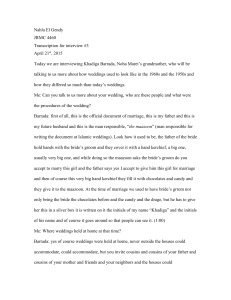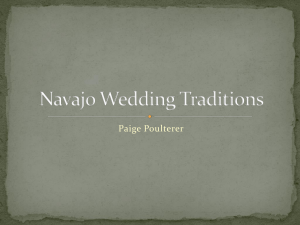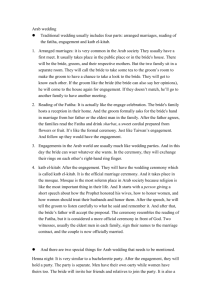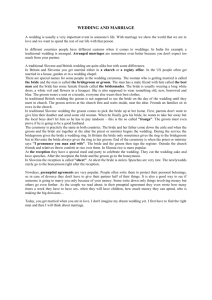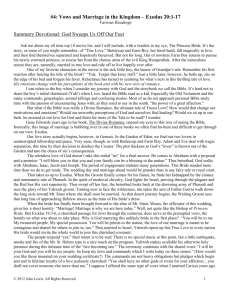Wedding traditions in Romania
advertisement
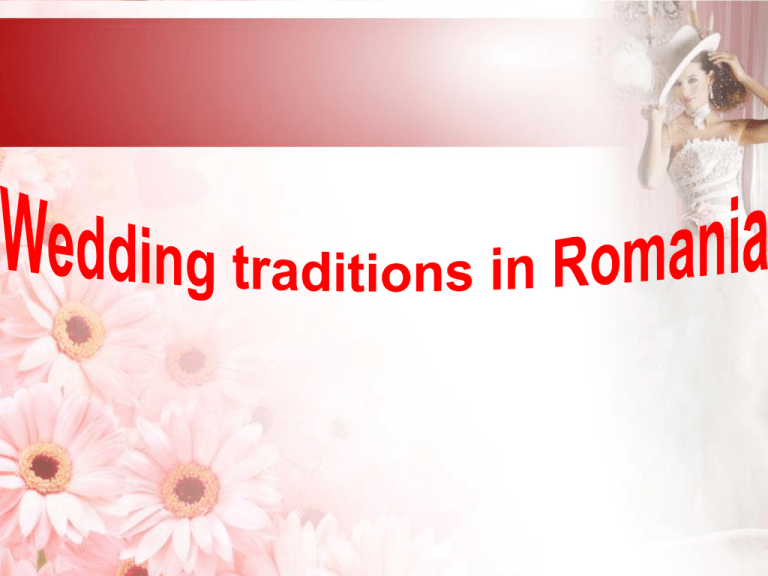
You may wonder why a wedding has some kind of symbolic gestures and what they mean. Many times, many of our documents are in fact some remnants of history of mentalities, and the wedding, the key ritual in social life of any individual, gestures has its mysteries. We will try to mention the most popular traditions in our country even if some of them still meet only in limited areas of the north. It seems that the exchange of rings comes from ancient Egypt. Egyptians believed that the third finger of the left hand has a vein that led directly to the heart. The rings were made of fabrics (hemp) and they symbolized the union of hearts. Later the Romans adopted the habit of exchanging rings but have innovated iron rings to symbolize the powerful relationship between spouses. The Middle Ages British replaced the iron with gold, emphasizing the idea of sustainability and purity. Romanians respected the tradition that, at the end of the marriage ceremony, bread was to be torn over the bride's head. There is the belief that the number of crumbs could indicate how many children the new couple will have. The participants to the wedding would pick and keep the crumbs for good luck. For larger weddings, the guests do not leave empty-handed, the loaves were increasingly larger. As time passed and refinement found its way in all weddings, the bread was replaced by the cake we know today. The young man who wanted to marry chose some of his friends (sometimes even the father or other relatives) and determined the day when they would go to the bride's house. Of course, the bride and her family were announced in order to have time to prepare themselves to greet guests. On the agreed uoon day, the groom and the wooers went to the bride’s home, where they held a speech, which differed from area to area. Then the father and the son talked to the bride's parents, discussing various aspects of future family. Sometimes the decision to make the wedding was already taken; the petition was merely a formality or an opportunity to spend some wonderful moments. Often there was a small party, especially if it was settled that the wedding would take place. On the morning of the wedding, the groom, together with two close friends adorns two trees with different objects, fruit and rolls. Trees are carried by young, unmarried people to the godfather’s house, where it is attached to the gate. Then, the procession continues on to the bride's house, a place where the second tree is placed. The tree is the symbol of youth and vigor; its decoration symbolizes the future family’s wholesome life. The bride, bridal procession and the young man with the tree go to the third well to the east, counting from the bride's house, accompanied by musicians. Along the way, the bride and the young man wearing a pitcher (or a wooden bucket in other areas), tied with homespun cloth, to the well. Here, the lad takes out water three times and each time, along with the bride, sprays the crowd with a bunch of basil, soaked in water from the jug, as a token of good luck for young girls to get married, for young boys to find their partner. Returning from the well, the wedding guests start a wedding dance and the bride puts a wedding flower on each participant’s chest. The same flowers or wedding badges will be received by the groom, godparents, and other guests at the church. Popa Alexandra Raluca Grup Şcolar de Telecomunicaţii şi Lucrări Publice Hunedoara Romania

